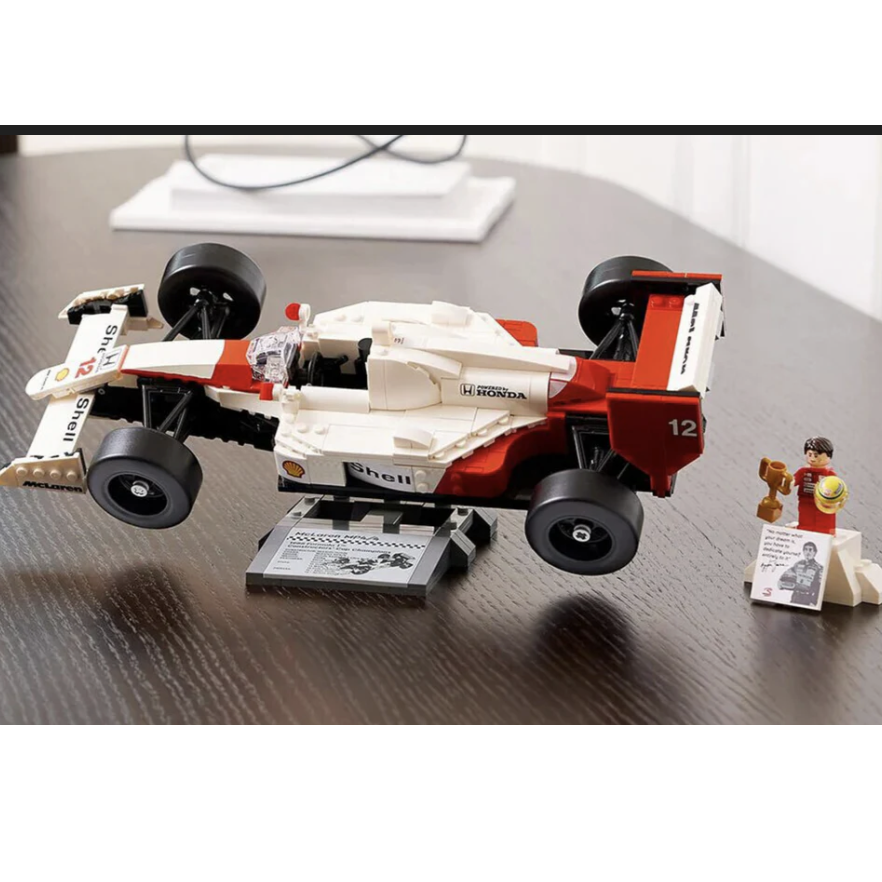
Everything you wanna know about LEGO McLaren MP4/4 & Ayrton Senna is here!||Mark's Magic
The McLaren MP4/4 is widely regarded as one of the most dominant F1 cars in history, securing an impressive 15 wins out of 16 races during the 1988 Formula One season and holding the record for the highest win percentage in a season until 2023.
With its striking white and red livery, the McLaren MP4/4 is undeniably iconic and remains one of the most recognisable designs among F1 cars. It's no wonder that LEGO chose this legendary car for their first F1-themed Icons set, 10330 McLaren MP4/4 & Ayrton Senna, combining a classic vehicle with a historic driver. As LEGO expands its partnership with Formula One in 2025, let’s dive into this year's model and see how it fares when displayed in a LEGO display case, showcasing the beauty and precision of the McLaren MP4/4 in all its glory.


Unboxing


Building Process




Minifigures



Finished Model

The stand for the McLaren MP4/4 connects to the car via two Technic holes on its underside, allowing you to position it facing either left or right. I particularly like how the stand tilts the model at a sideways angle, providing a great way to showcase more details in the LEGO display case.

While the car can certainly be displayed without the stand, sitting on its four wheels, it also feels fantastic in this mode. It rolls smoothly on the new wheel elements, which feature both the tire and wheel hub molded together.

The front angle of the car is especially striking, perfectly capturing the MP4/4’s iconic boxy design. A printed 2×6 tile is used for the nose of the front wing, paired with a couple of printed 1×6 tiles showcasing the Shell sponsor logo.

Although some stickers are used, it's great to see several exclusive printed pieces, which is always a nice touch in a premium 18+ set like this.
On either side of the front wing, 1×4 tiles with the “McLaren” logo are used, complementing the angular endplates. However, the shaping around the nose is a bit problematic, as the exposed light grey hinge element is unnecessarily noticeable.
This issue is compounded by the red 4×8 slope just behind the Honda logo, which features a thick white print attempting to replicate the livery’s color change. The print's opacity is relatively satisfactory, but the edges don't align perfectly, and the thin red line at the bottom feels out of place. Perhaps a white slope with red printing would have been a better choice.

Elsewhere, the car's shaping is excellent, especially around the rear. The rear wing is boxy, and there’s a tail light that looks great. Stickers on 2×4 tiles on either side of the rear wing display the number 12, Senna’s racing number from 1988.
The driver’s cockpit area looks great (aside from the previously mentioned red slope piece), with a printed 2×2 curved slope displaying the Tag-Heuer logo. Two red rear-view mirrors are also attached.
Inside the cockpit, the driver has a printed 1×2 tile representing telemetry screens, along with a steering wheel that actually turns the front wheels. A dark grey sextant element next to the steering wheel references the anti-roll bar control, adding a nice touch of detail. Black curved slopes are used for the driver’s seat, complete with a headrest.

The rear of the MP4/4 is beautifully shaped, with various slopes used to capture its iconic curves. Some stickers with Shell logos are included, but the color matching isn’t perfect, especially when compared to the printed “Powered by Honda” slopes.
Notably, the “Marlboro” logo is missing from the engine cover, which is understandable given LEGO’s avoidance of cigarette brand logos in their sets, even though this model is 18+. While it's a bit of a shame, considering the iconic “Marlboro McLaren” livery, it’s a minor issue.

The rear section of the car is easily detachable, providing access to the engine.
The engine is brick-built and looks fantastic, with intricate greebling details adding to its realism.
The shaping continues excellently around the rear, particularly with the new linkage elements for the wheels. The McLaren logo on the rear wing (which replaces the Marlboro logo from the real car) is made up of two printed tiles stacked on top of each other, and the resulting effect is quite satisfying when displayed in a LEGO display case.



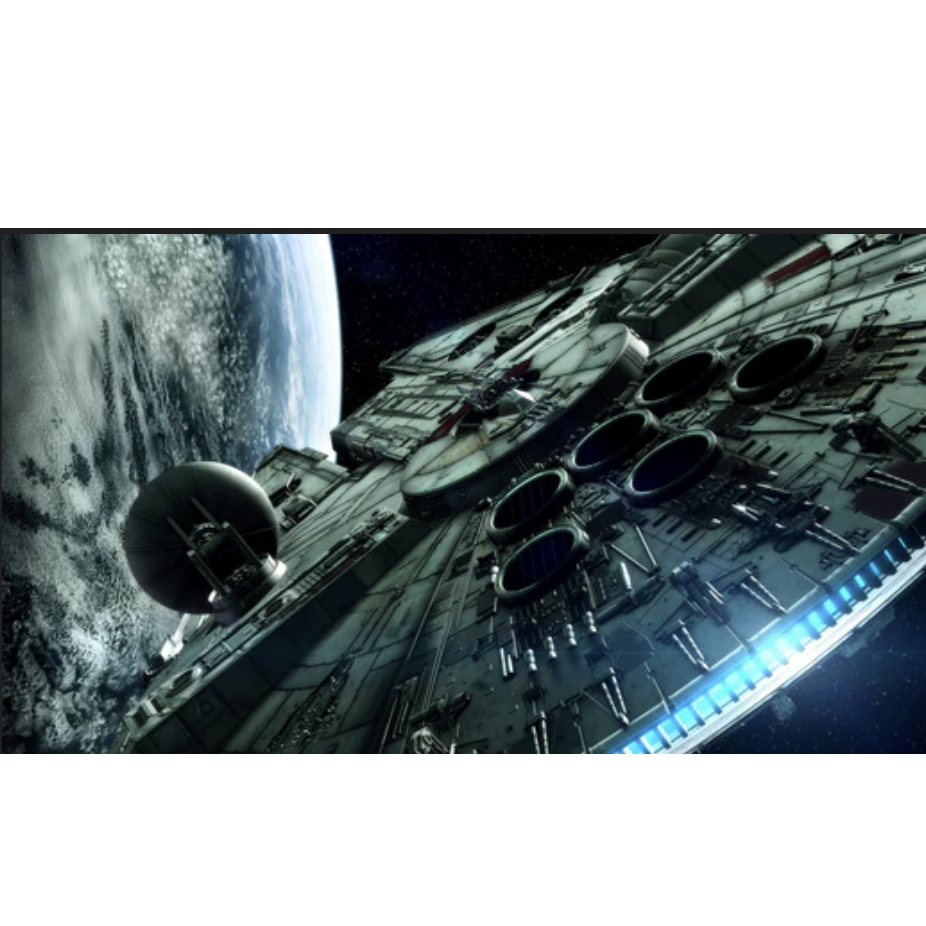
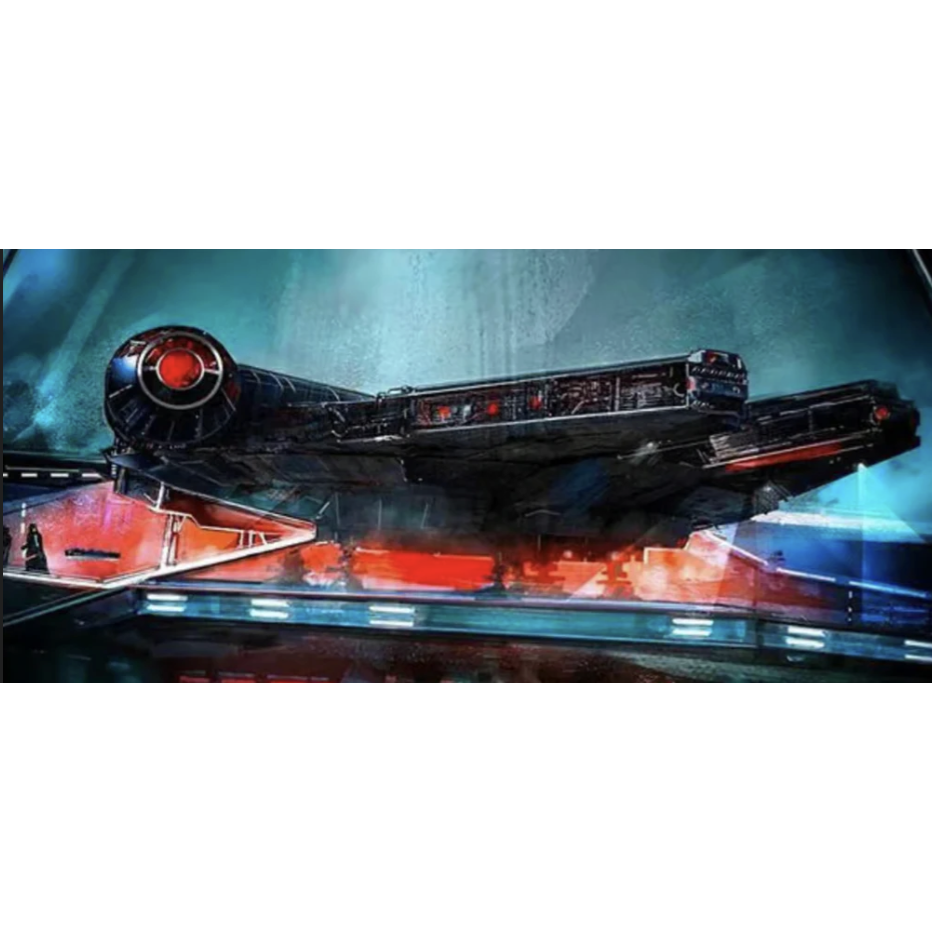
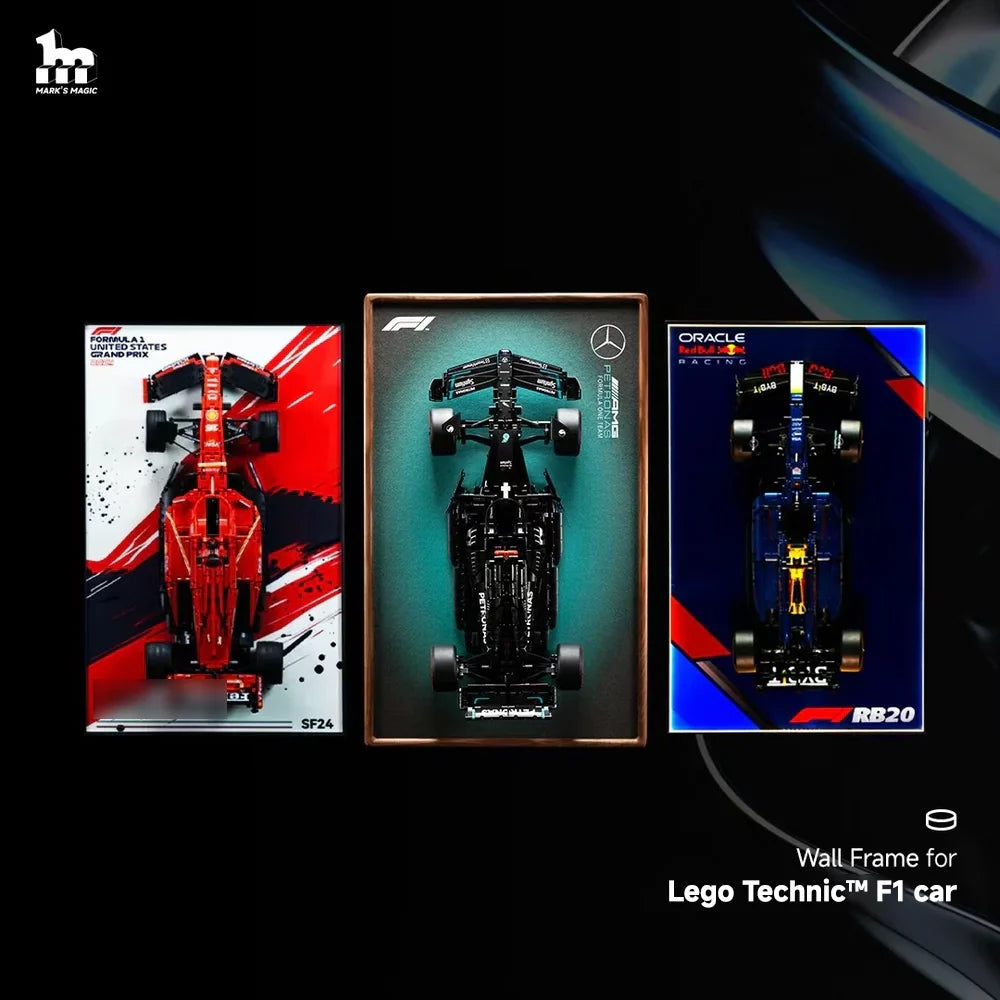
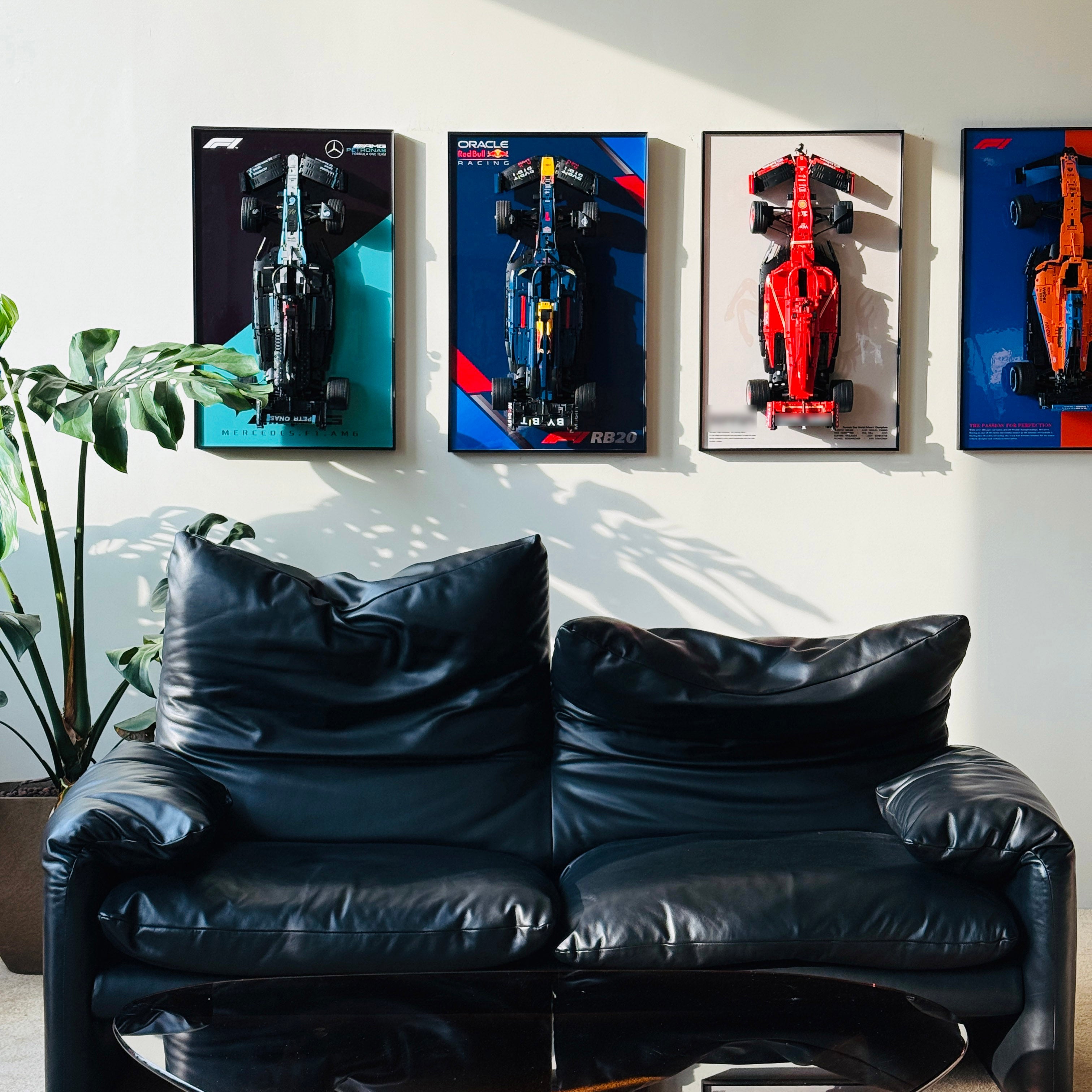
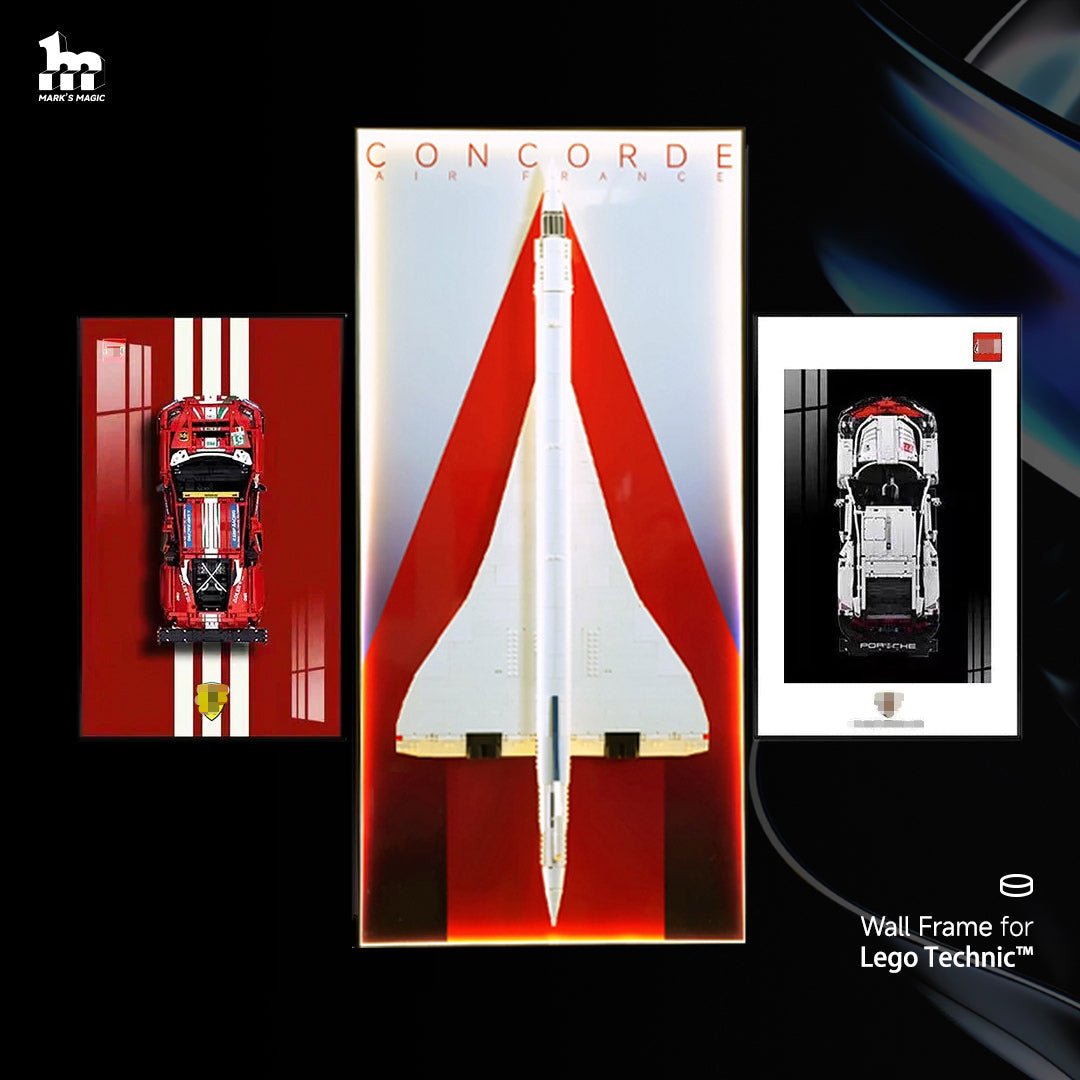
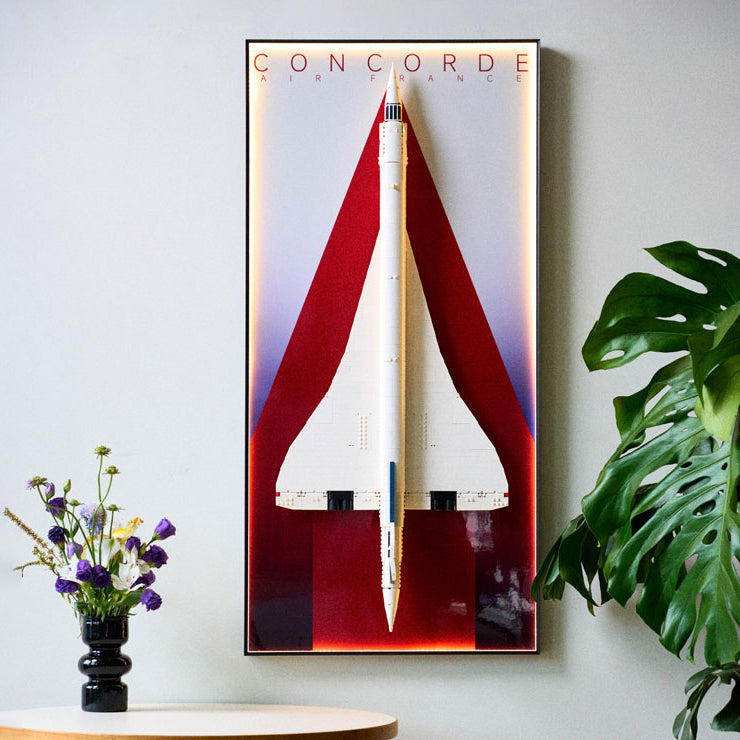
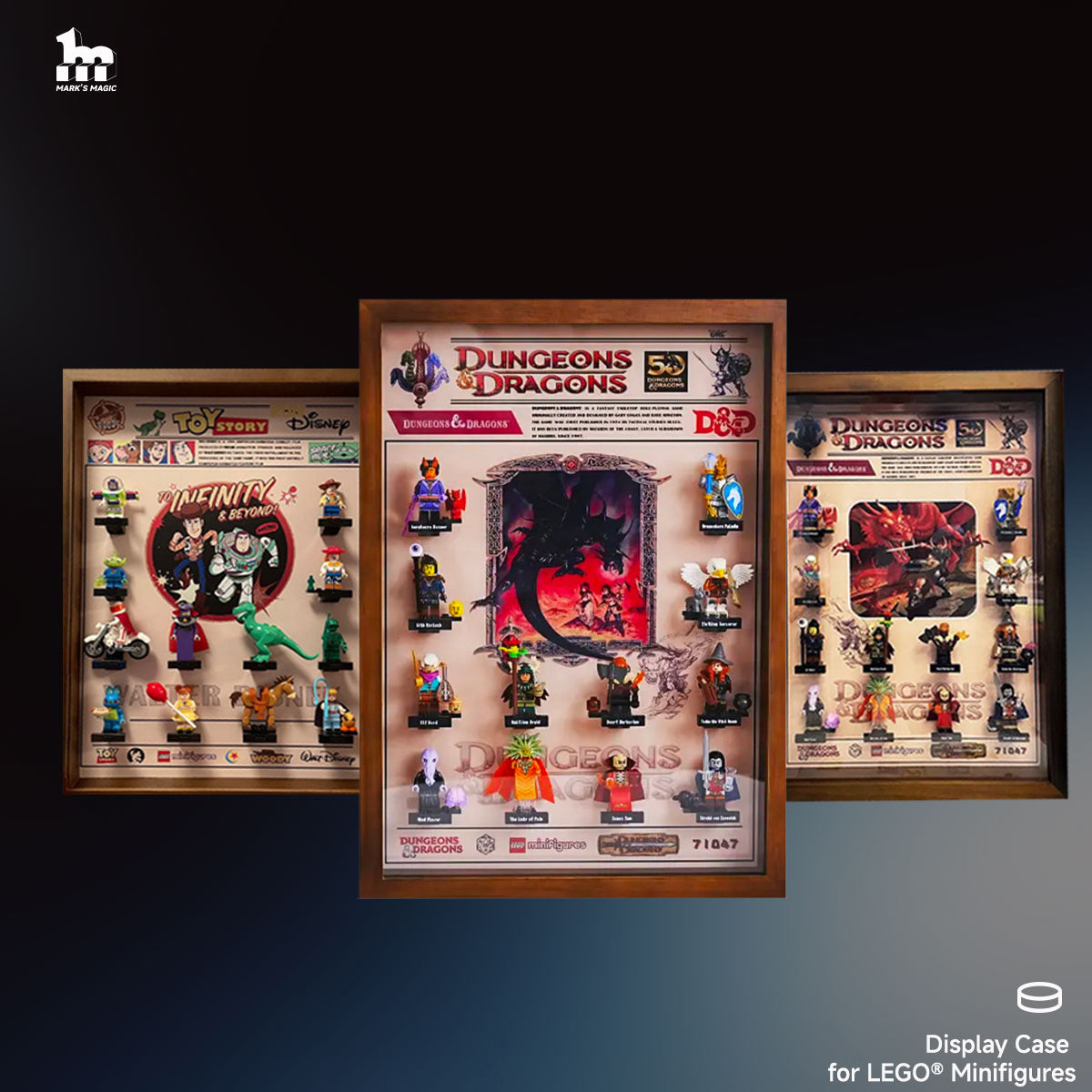
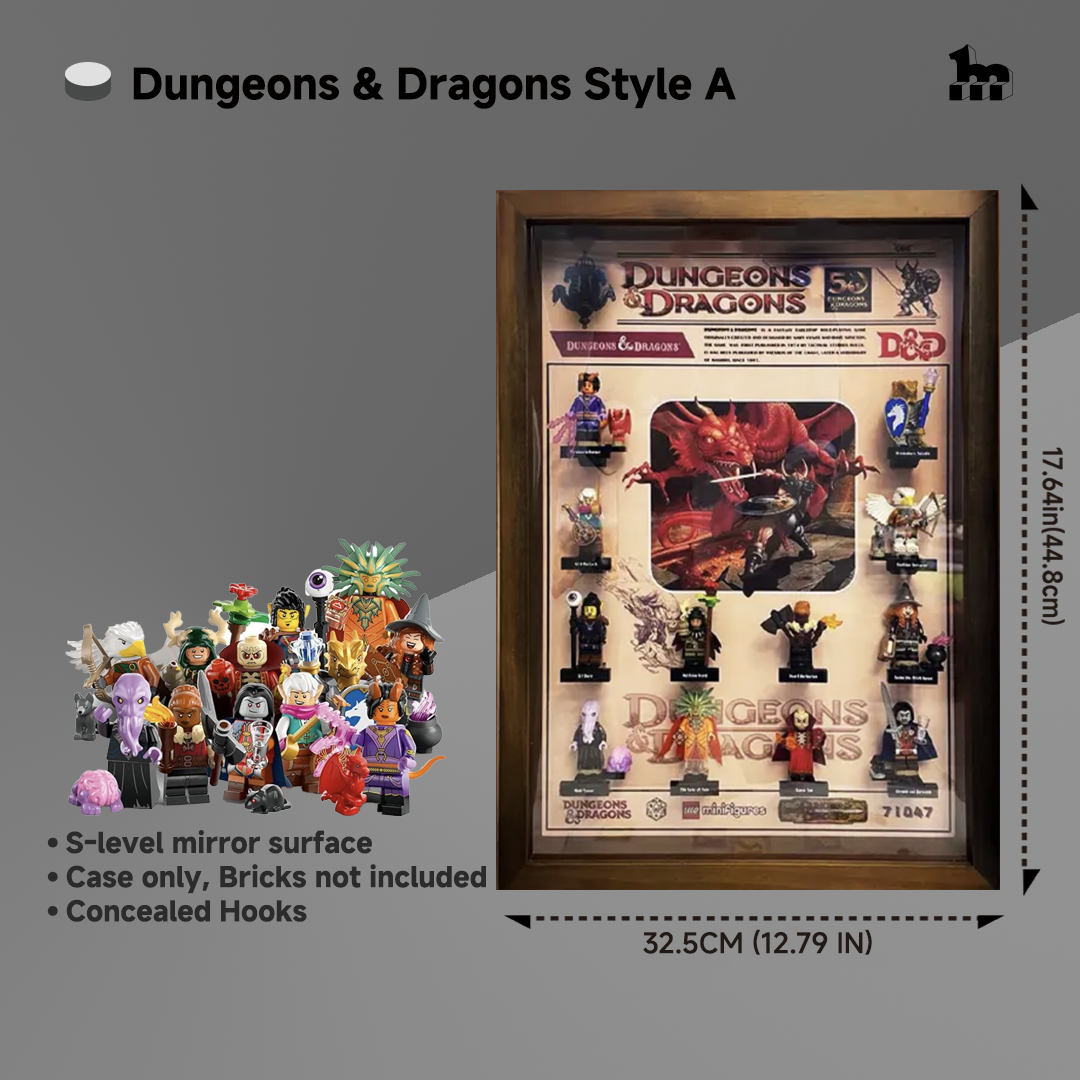
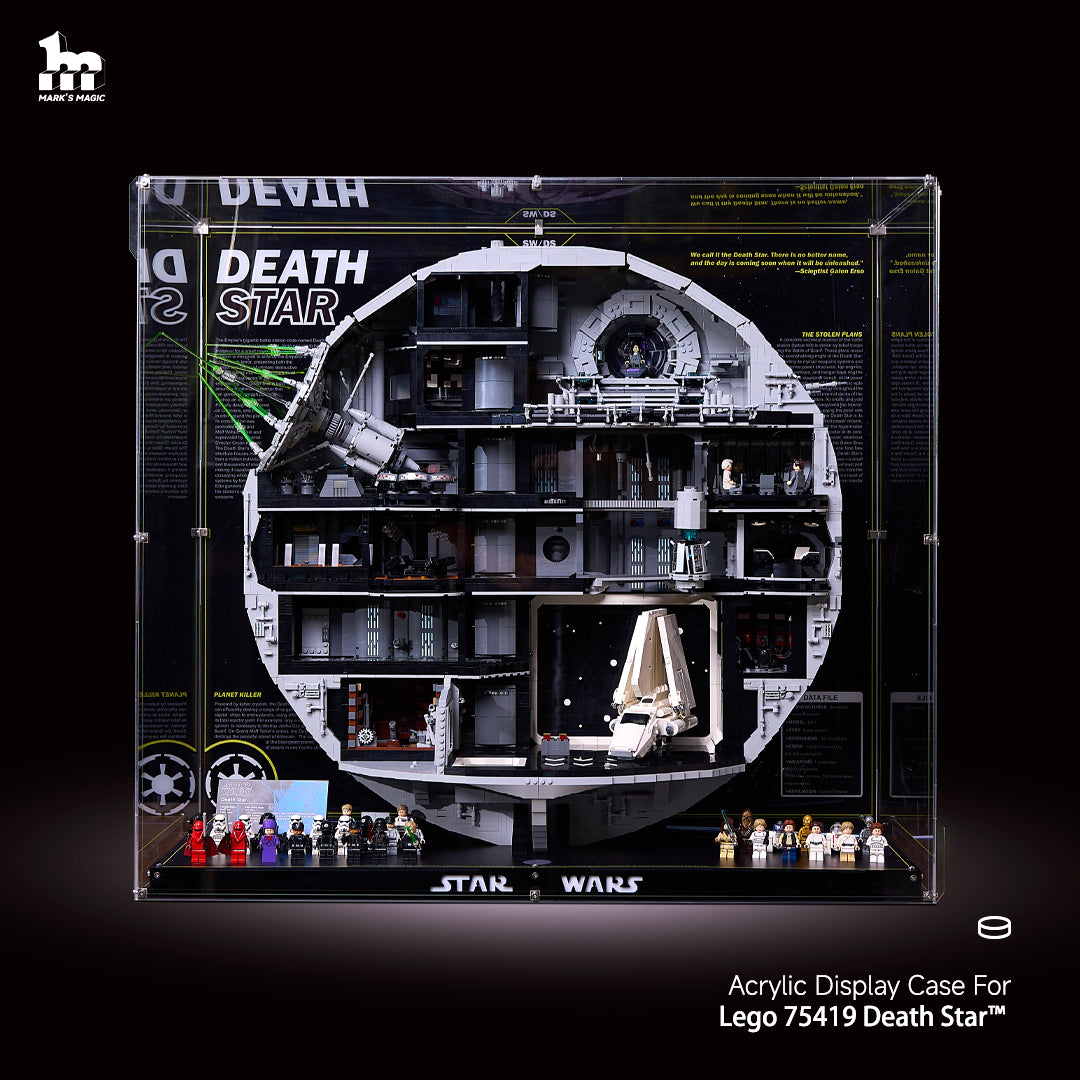
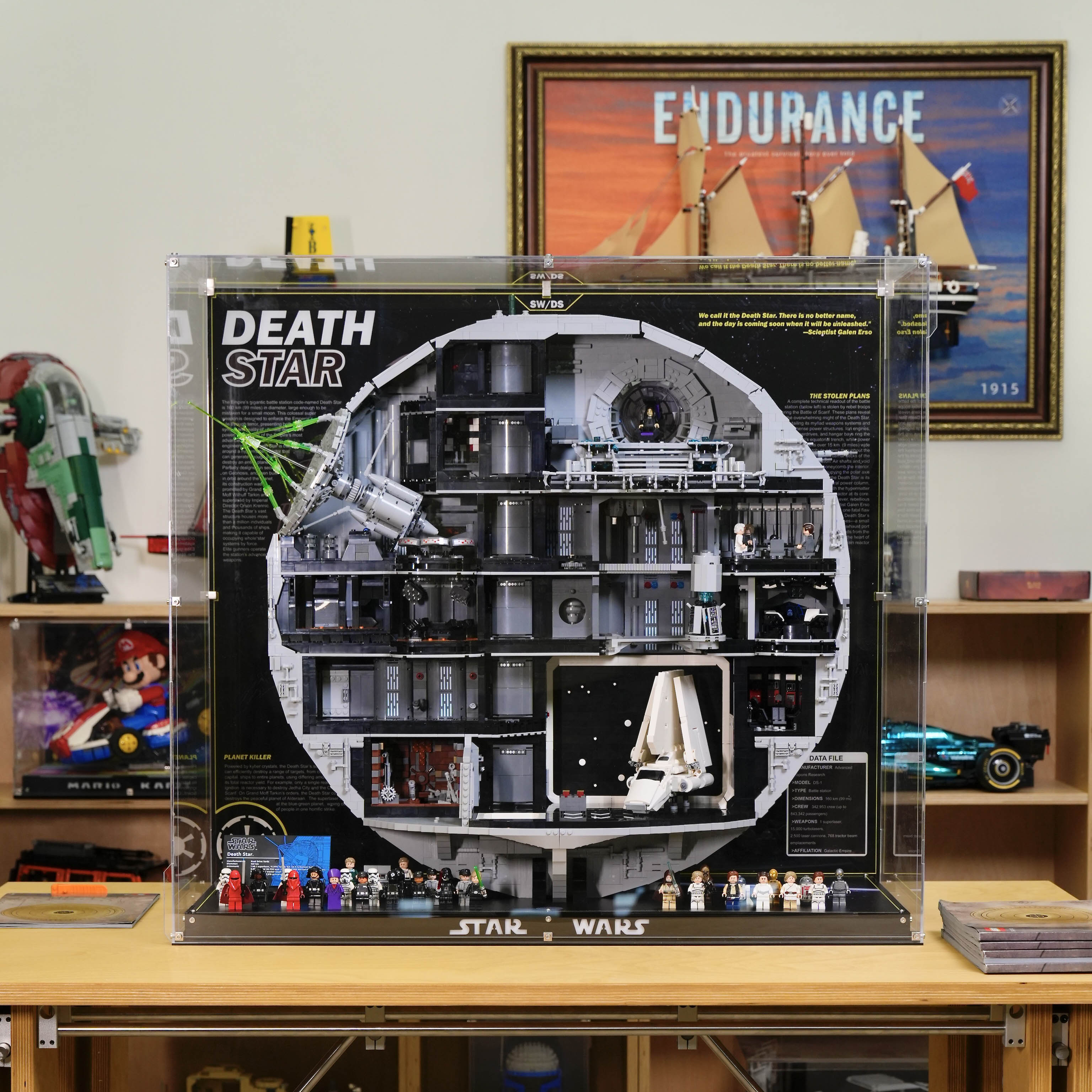
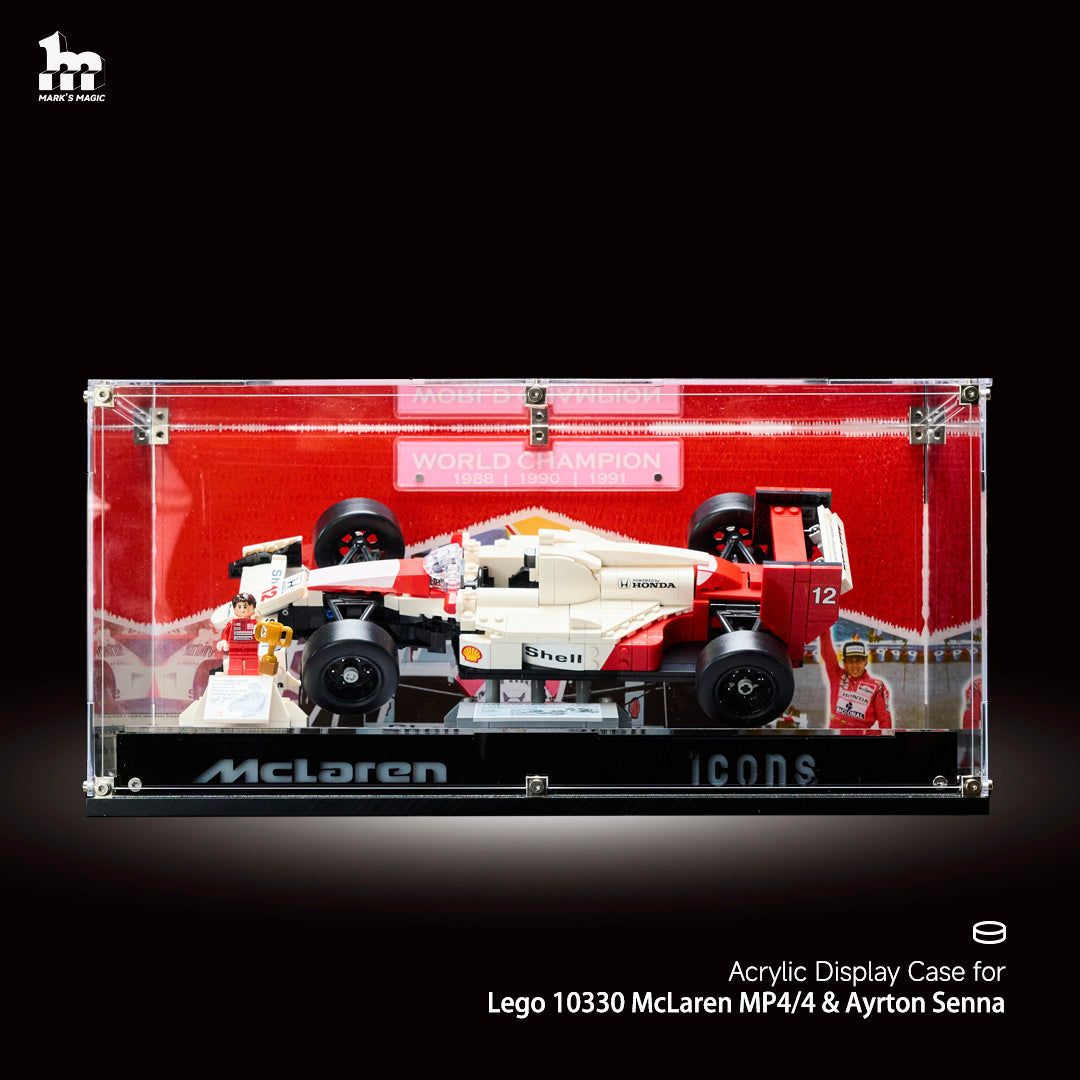
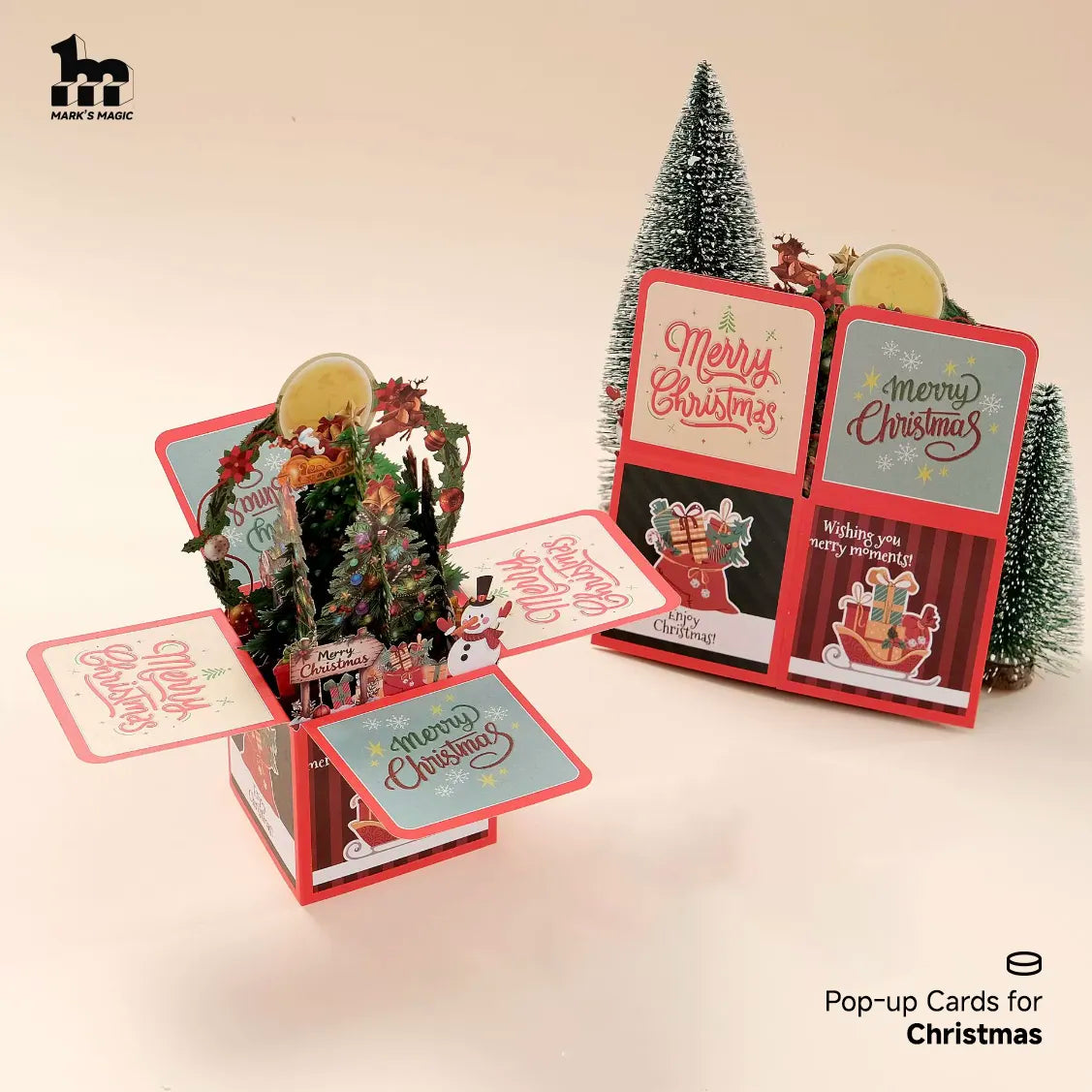

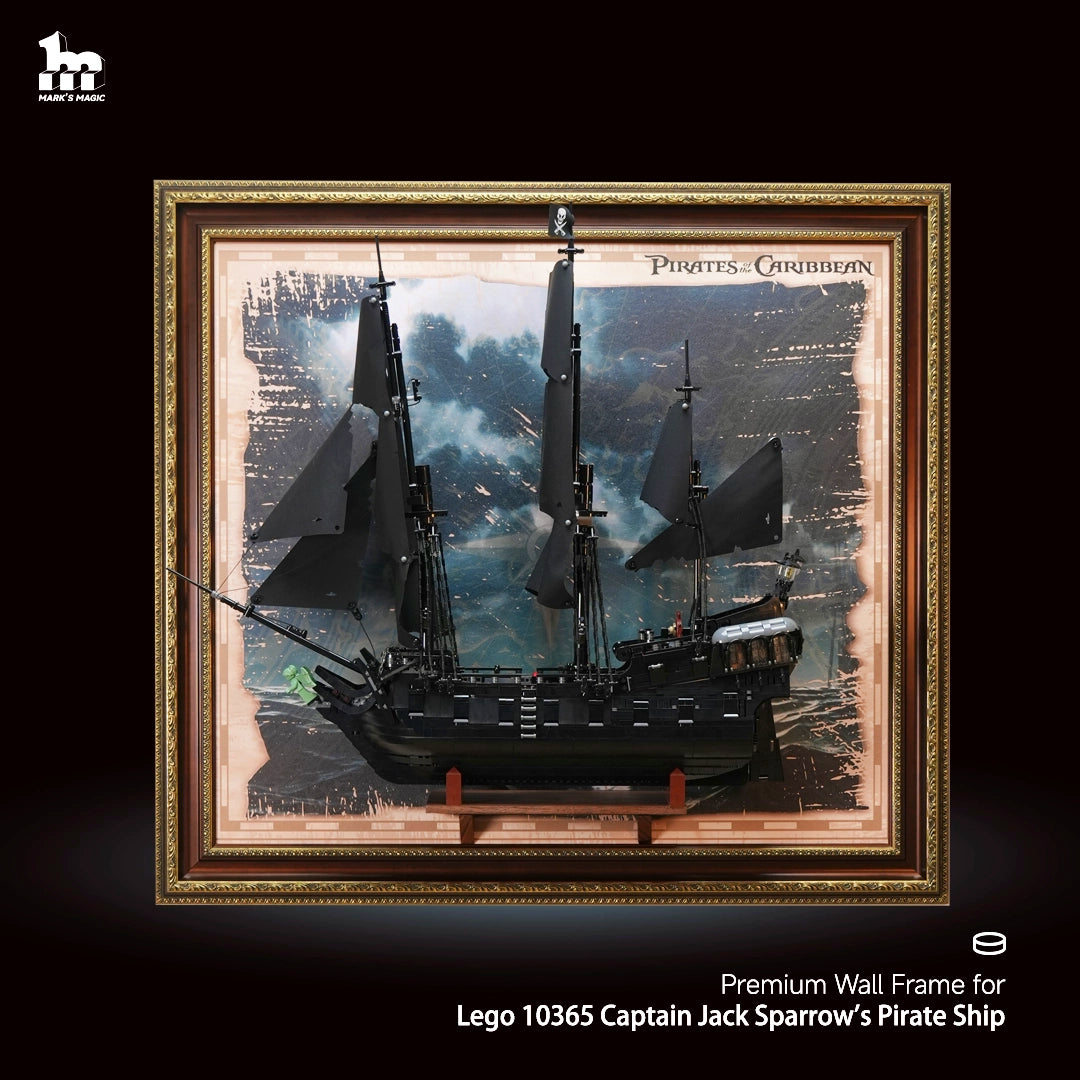
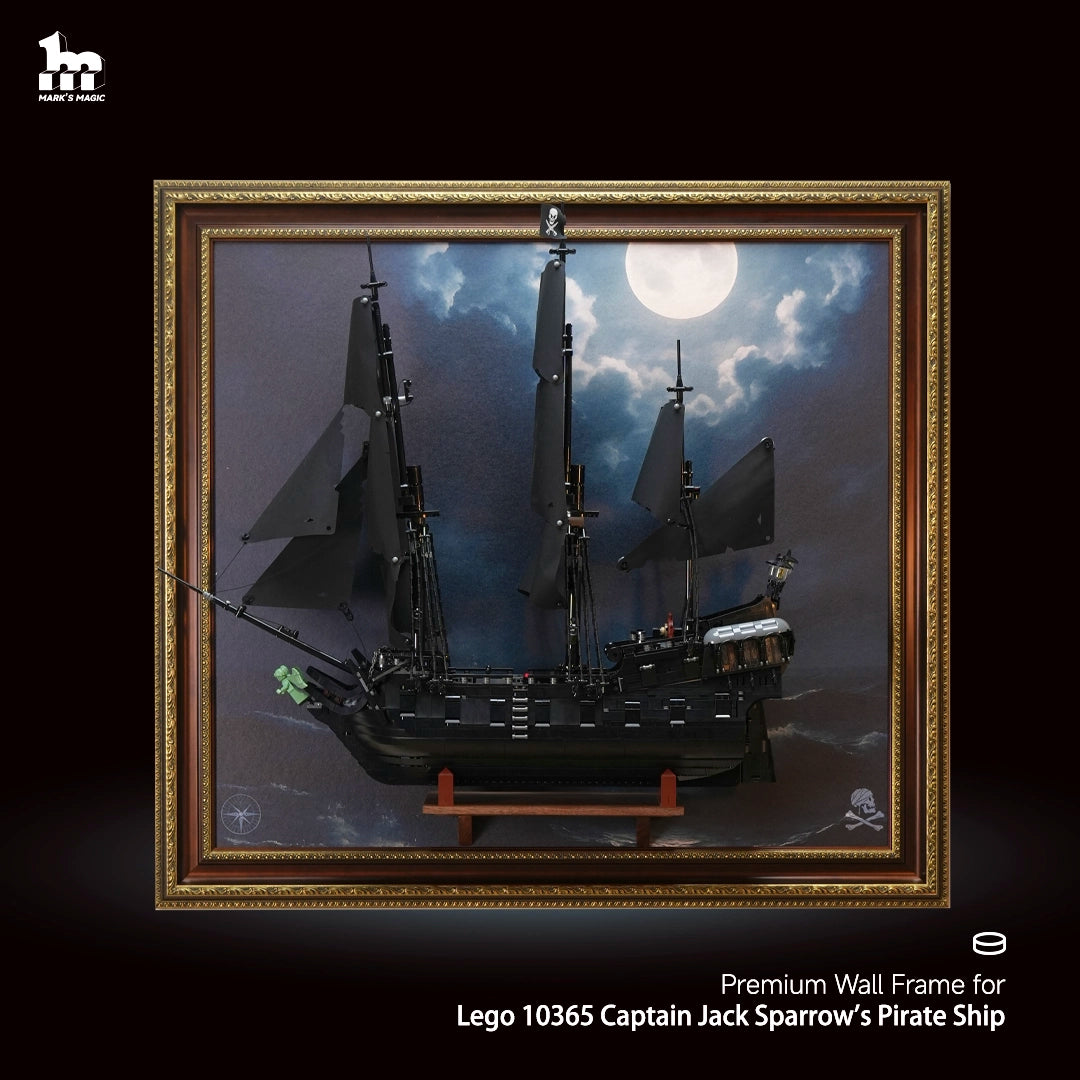
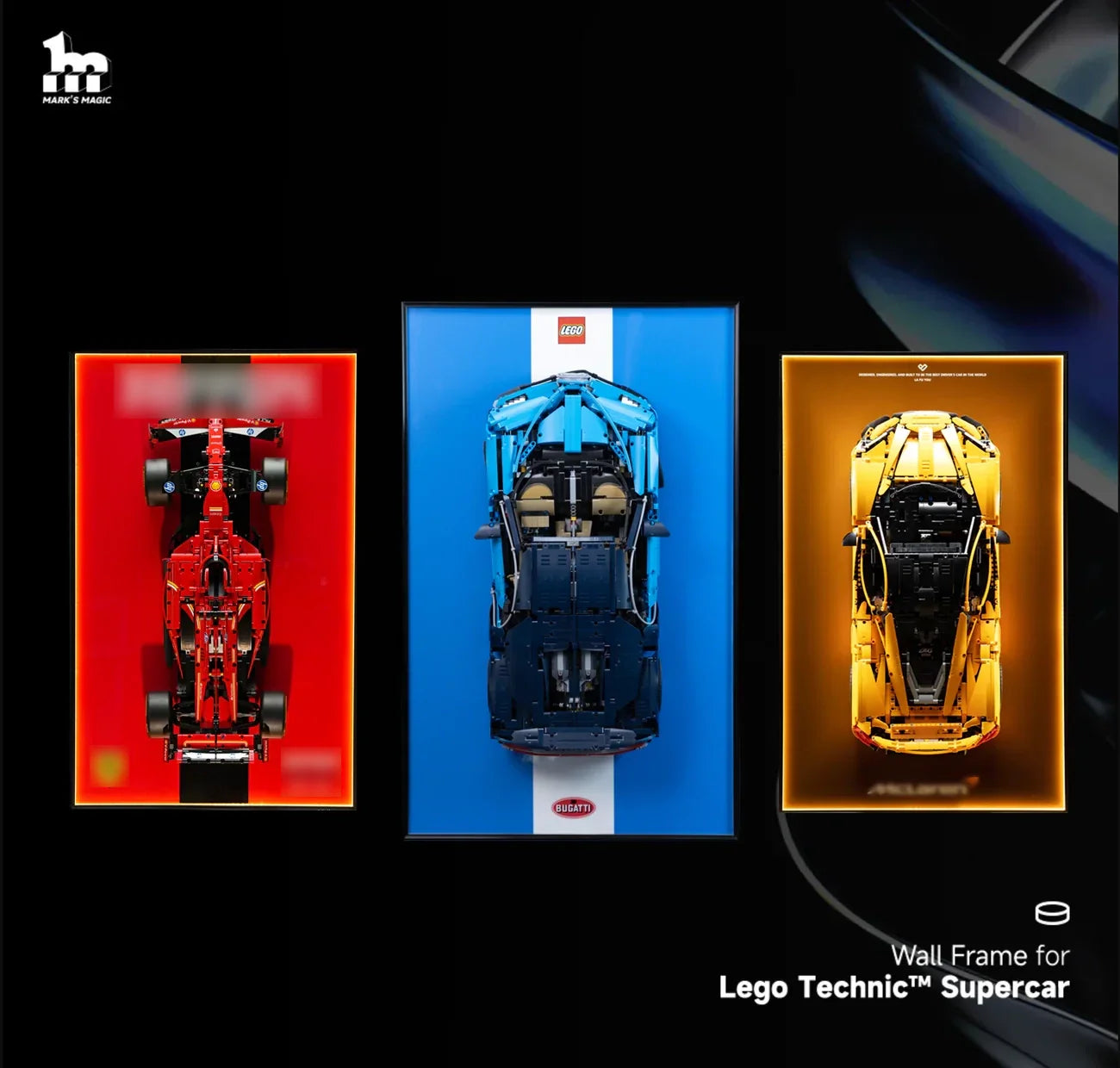
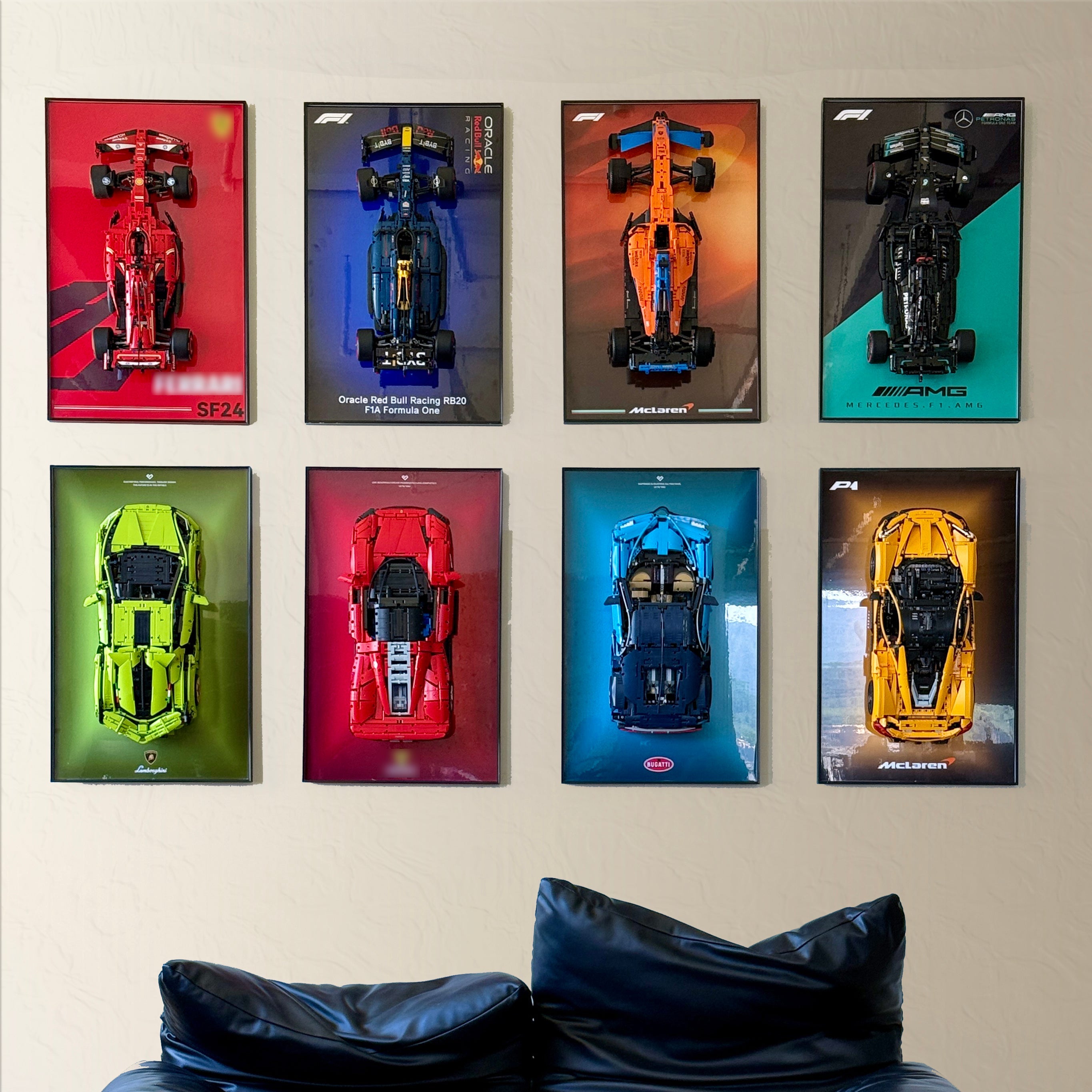
Leave a comment
This site is protected by hCaptcha and the hCaptcha Privacy Policy and Terms of Service apply.